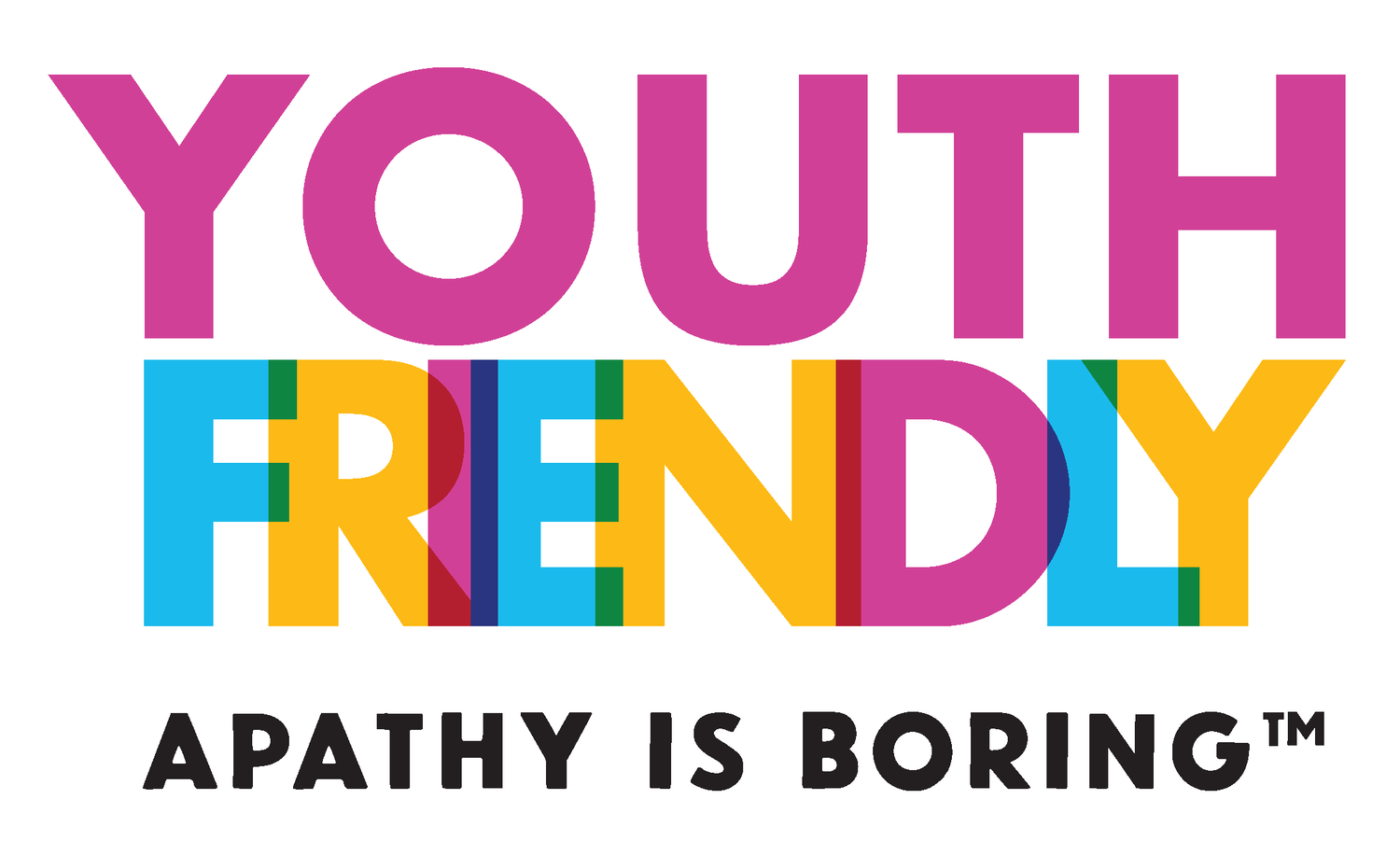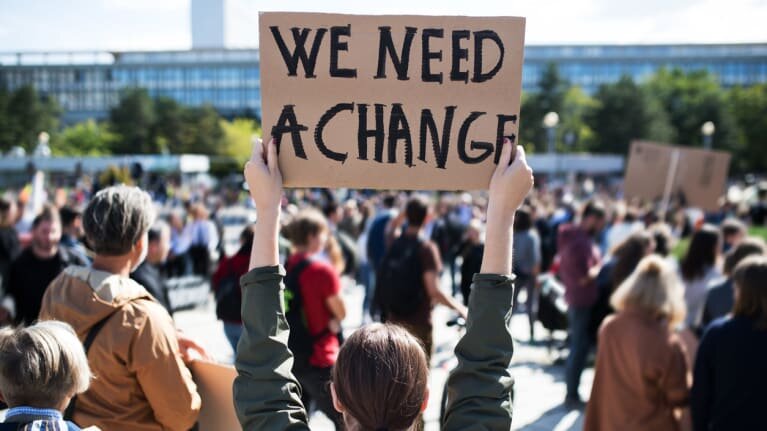The Dangers of Performative Activism, And How To Avoid It
Source: SHRM.org
Over the past year, we’ve seen an eruption of activism on social media. From raising money for GoFundMe accounts to spreading awareness about issues that might otherwise remain unheard of, the rise of social media activism is inspiring. But with everything on the internet, it has its downfalls. Within the culture of online activism is what’s become known as “performative activism” — and it’s especially common among powerful organizations and institutions. Young people know that above individual actions, the actions of large corporations and powerful organizations speak loud and should lead the way of impact, and they want to see the institutions around them invest in the issues they care about. To meaningfully engage young people and assure them that their voices matter, organizations need to know how to avoid performative activism. So, let’s talk about it.
What is performative activism?
Performative activism, also called “slacktivism”, is surface-level activism. It’s when a person or an organization posts on social media about a current issue, but doesn’t follow through with meaningful action. In other words, showing solidarity online for social clout, but not genuinely supporting a cause. A notable example of performative activism is the infamous black square posts that briefly took over Instagram last summer. #BlackoutTuesday, as it was called, was an online movement started by two Black women in the music industry, Jamila Thomas and Brianna Agyemang. These women were calling for their colleagues to pause business for a day as a way of acknowledging how Black talent is often exploited in the industry. But when #BlackoutTuesday arrived, it quickly snowballed into an Instagram-wide campaign, and soon feeds were flooded with nothing but black squares. Many people saw the square as a way of showing solidarity with the Black Lives Matter movement but didn’t take the time to see what the action represented.
The hashtags #BlackLivesMatter and #BlackoutTuesday were quickly filled with millions of black squares, thus replacing important information about the movement that had been shared previously under those hashtags. Most people posting black squares were simply trying to show support, but their uninformed posting hindered the movement by blocking critical resources. In this situation, people hastily posted a black square to assure their followers they were in support of the movement, but they weren’t doing the work to actually support it. Last summer was a time of heightened performative activism, and many companies, organizations, and institutions of power were called out for posting about social movements but not putting real effort towards advancing them.
How can you tell if your organization is being performative?
The lines between genuine allyship and performative activism may seem blurred at times. It’s important for your organization to engage with what’s going on in the world through social media, but posts should always be backed with action. Some sort of action — whether it’s monetary donations behind the scenes or the spreading of information through your posts — is needed for your post to be real activism.
Try to be cognizant of when you are speaking out about issues, so that you are not posting solely when it’s popular to do so. Organizations often do this during Pride Month. Pride started as a grassroots movement by members of the LGBTQ+ community to protest systemic oppression, but over the years, it has grown into a mainstream corporate celebration. Every year when June comes around, we see organizations selling pride-themed products and incorporating the Pride flag into their logos. But after Pride Month is over, organizations don’t show up for the LGBTQ+ community. Young people have noticed how Pride has become a show of performative support by corporations, which has led youth to be skeptical of organizations’ intentions when it comes to social movements.
How can your organization post about important topics without being performative?
In short, be intentional with your posts. As an organization seeking to show genuine support for issues you care about, here are some tips to keep in mind when posting on social media.
Amplify voices from marginalized communities.
In what ways can your social media campaigns involve people from the communities you’re speaking about? When posting about sensitive topics, it’s important that organizations don’t speak over people who are being affected by these issues. Amplify these voices by offering paid opportunities to people who have lived experience and knowledge about the issue at hand and who can use your platform to speak about it, instead of posting automatically to social media because you think it’s the right thing to do.
Consider how you can address this issue within your organization.
In what ways does the movement you’re posting about relate to the culture of your organization? Think about how you can address inequities in your own system that may be reflected in the movement you’re trying to support. If you’re unsure about it, ask the people in your organization for feedback, and take it seriously.
Don’t assume posting is enough.
Infographics that aim to explain topics like systemic racism may have the right intention, but they don’t do the work of enacting real change. While spreading information is always valuable, pressing topics deserve action beyond social media. Think about how your organization can help in real life, and whenever possible, post about the ways your organization is working behind the scenes to address the issue.

